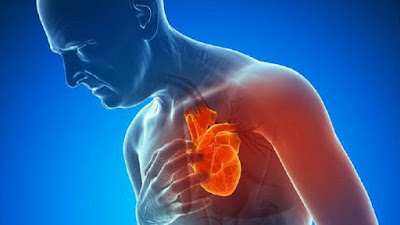14 SYMPTOMS THAT INDICATE HIGH BLOOD SUGAR LEVELS!
Hyperglycemia develops when the body isn’t able to produce enough insulin or can’t use it properly. Insulin is a hormone that makes helps glucose from food to enter the body cells where it’s used as energy. However, if you’re suffering from insulin deficiency, the glucose is unable to be absorbed into the bloodstream. If this goes on for a prolonged period, some body parts such as the kidneys, blood vessels, nerves and eyes may be permanently damaged.
Here are the main causes of increased blood sugar levels:
- Physical inactivity;
- Fatigue;
- The common cold;
- Dehydration;
- Excessive eating;
- Excessive use of steroids.
- Frequent urination, especially overnight;
- Blurred vision;
- Dry mouth;
- Thirst;
- Impotence;
- Difficulty focusing;
- Slow healing of cuts and wounds;
- Recurring infections;
- Digestive problems;
- Increased appetite;
- Nerve problems;
- Dry and itchy skin;
- Excess belly fat and weight gain.
In order to control your blood sugar levels, it’s very important to know what foods you can eat. Foods with a high glycemic index should be avoided. The Glycemic index is a scale which shows the number of carbs in foods which may increase your blood sugar levels. The higher the number, the bigger the risk of high blood sugar levels. The numbers range from 0-100 – foods between 0 and 54 are considered low glycemic foods.
Here’s a list of low GI foods you can safely consume moderately:
- 1 egg: 6
- A cup of broccoli: 10
- A cup of hummus:6
- A cup of nuts: 15
- A cup of cashew nuts: 22
- A cup of cherries:22
- A cup of yogurt: 23
- Medium-sized onion: 10
- Medium-sized apple: 38
- 1 Turkey sausage: 28
- A cup of spaghetti: 42
- A cup of green grapes: 46
- A cup of peas: 54
- 220 gr. of tomato juice: 38
- 220 gr. of pineapple juice: 46
- 1 carrot: 47
- 1 orange: 48
- 1 grapefruit: 50
- 1 banana: 52
- A cup of brown rice: 55
- 1 serving of mac’n’cheese: 64
- A tablespoon of honey: 55
- A cup of oatmeal: 55
- A cup of white rice: 64
- 2 cups of popcorn: 70
- Rice cake: 76
- A slice of white bread: 70
- 1 doughnut: 76
- Medium-sized baked potato: 85
- 1 portion of corn flakes: 92
- 50 gr. of glucose: 100



